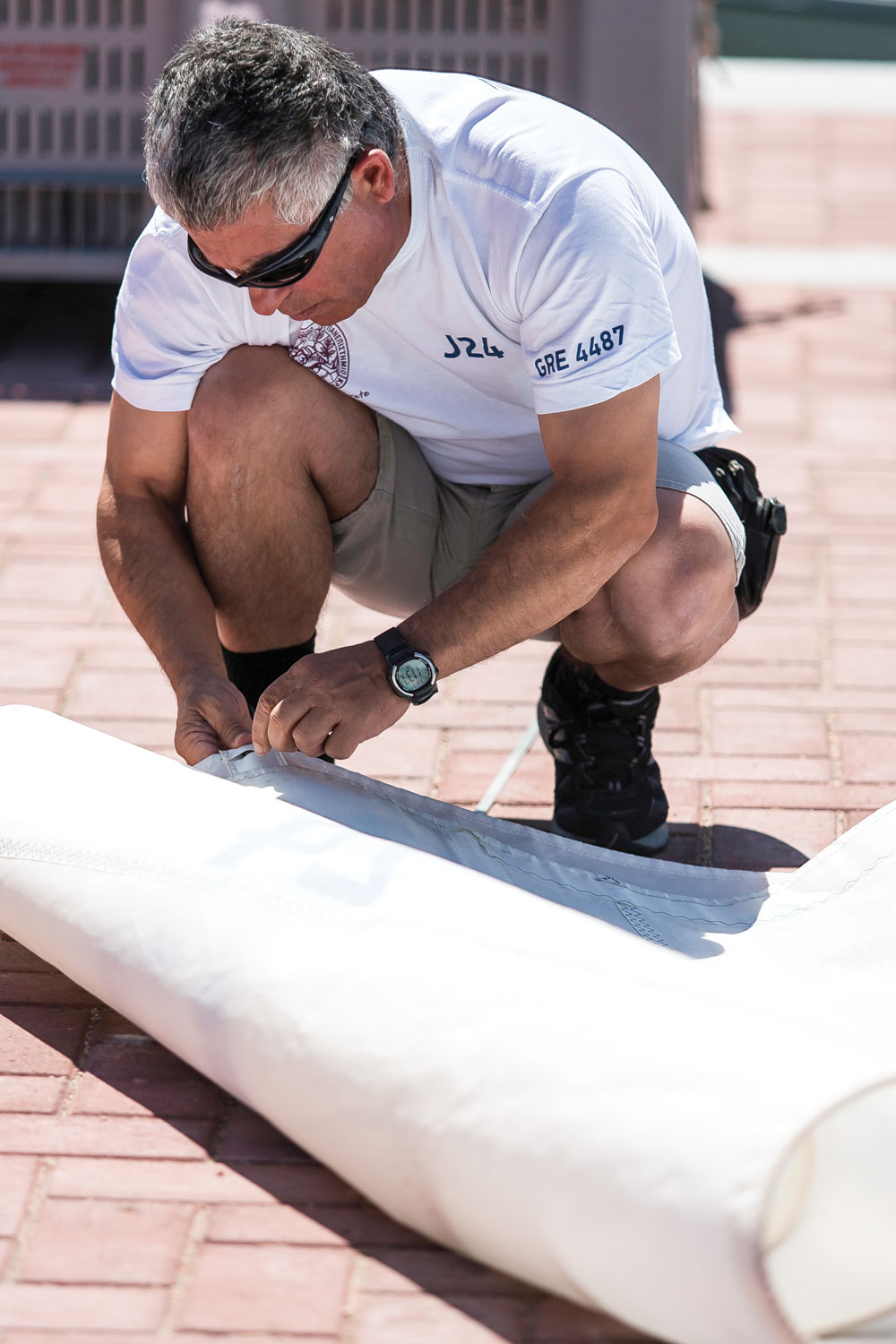Guide to fitting out
Get your boat in shape for the sailing season to maximize your time on the water
Safety check
Most safety gear has a limited life expectancy or requires routine service, so it’s a good time to check everything over.
Check the supply of flares to make sure they are dry and not expired.
It’s good to have backups for electronic gear such as VHF radios, running lights and GPS. Power these on and make sure they work, then make sure you have a stash of backup batteries appropriate for each device, including flashlights.
Check that the appropriate number of fire extinguishers are mounted in areas around the boat, and check expiration dates and for potential recalls. Replace anything that’s out of date.

Man overboard modules and life rafts need occasional repacking and recertifying, so make sure these are sent off for service before the boat will be sailing.
Make sure that safety gear such as knives or personal MOB devices that may have been taken off the boat during the off season makes it back on board.
Check anchors and their rodes. It’s a good idea to carry two anchors onboard: one that’s ready for deployment and another backup.
Check through-hull fittings to make sure an appropriate sized plug is nearby.
Empty out the first aid kit and replace any expired medications and replenish used supplies.
Make a diagram of where all safety gear is stored. Laminate and mount it in an easily accessible location in case of an emergency.
Under the boat
If the boat is out of the water it’s a perfect time for a thorough inspection of the bottom. Look for cracks, blisters and anything else that doesn’t look quite right. All are worthy of investigation as bottom problems only get worse.
Check the rudder for cracks and signs of water intrusion which are serious issues that should be dealt with as soon as possible.
Inspect the prop for damage.
Check sacrificial anodes and replace if necessary.
Make sure the bottom is in good shape, with adequate paint and a smooth surface.

Comments